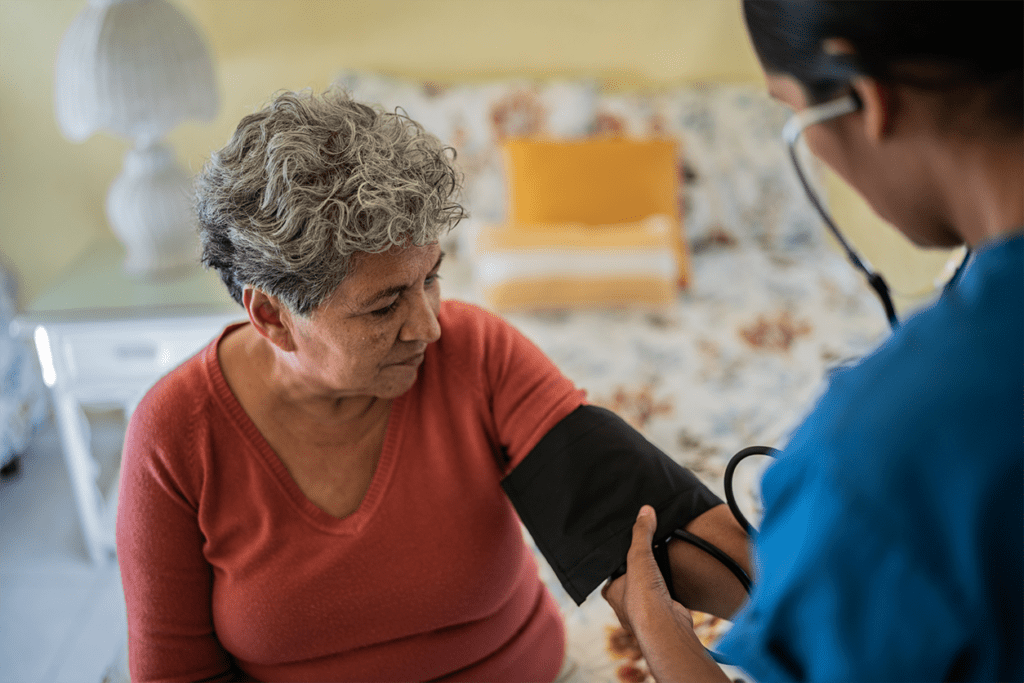
Chronic kidney disease affects about one-third of all patients with diabetes, but early diagnosis and good diabetes control can prevent it.
November is National Diabetes Month and today’s post focuses on raising awareness around chronic kidney disease (CKD) in patients with diabetes. CKD affects 1 in 7 Americans, with diabetes and hypertension (high blood pressure) its two leading causes. Diabetic kidney disease affects as many as one-third of all patients with diabetes.
Diagnosing diabetic kidney disease
Diabetes affects your kidneys through high blood sugar levels as well as through elevated blood pressure that often affects those diagnosed with it. The effects of diabetes on the kidney develop slowly and produce few to no symptoms until the disease is more advanced. One of the early signs of CKD in diabetes is increased amounts of the protein albumin in the urine. This does not result in any obvious symptom as the amounts are small and can only be picked up through a urine test.
With time, levels in blood tests that assess kidney function (like serum creatinine) also begin to rise, accompanied by a drop in glomerular filtration rate (GFR). Consequently, GFR also helps providers grade the severity of CKD.
Progression of CKD to ESRD
Eventual progression of CKD to end-stage renal disease (ESRD) can result in the need for dialysis; as many as 2 in 1,000 Americans find themselves dependent on dialysis. Many of these patients end up on waitlists for a kidney transplant and wait many years to get matched with a donor. They also remain at high risk for developing cardiovascular disease and life-threatening electrolyte abnormalities.
Given its lack of early symptoms, CKD can go undetected for a long time, especially in patients who are not aware of their diabetes diagnosis. However, it also means that when diabetes or prediabetes is detected early, it is possible to prevent it from affecting the kidneys.
If you have been diagnosed with diabetes or prediabetes, then the most important step towards preventing kidney disease is keeping your blood sugars within a normal range. Being physically active and eating a healthy diet can help many people do just that. Those on medications to help treat high blood sugar levels must take them regularly and follow up with your healthcare provider to achieve good control. Your provider will check your kidney function at diagnosis and at regular intervals after that to monitor you. Make sure your blood pressure stays within the target range set by your provider to prevent damage to the kidneys.
In summary, CKD is a major complication of diabetes but through early diagnosis and good control of diabetes it can be prevented.
Note: An earlier post focused on diabetes and heart disease and how to prevent it.
Improving community diabetes health
Concerned about diabetes management in your population? Primary.Health partners with community-based and public health organizations to power accessible, affordable screening and monitoring of diabetes, heart disease, and other chronic health conditions — outside clinic walls, wherever needed!
Disclaimer: This blog content and linked materials are not intended as individual medical advice, diagnosis or treatment, and should not be considered as such. Any readers with medical concerns should contact a licensed healthcare provider. This blog is provided for informational purposes only.
